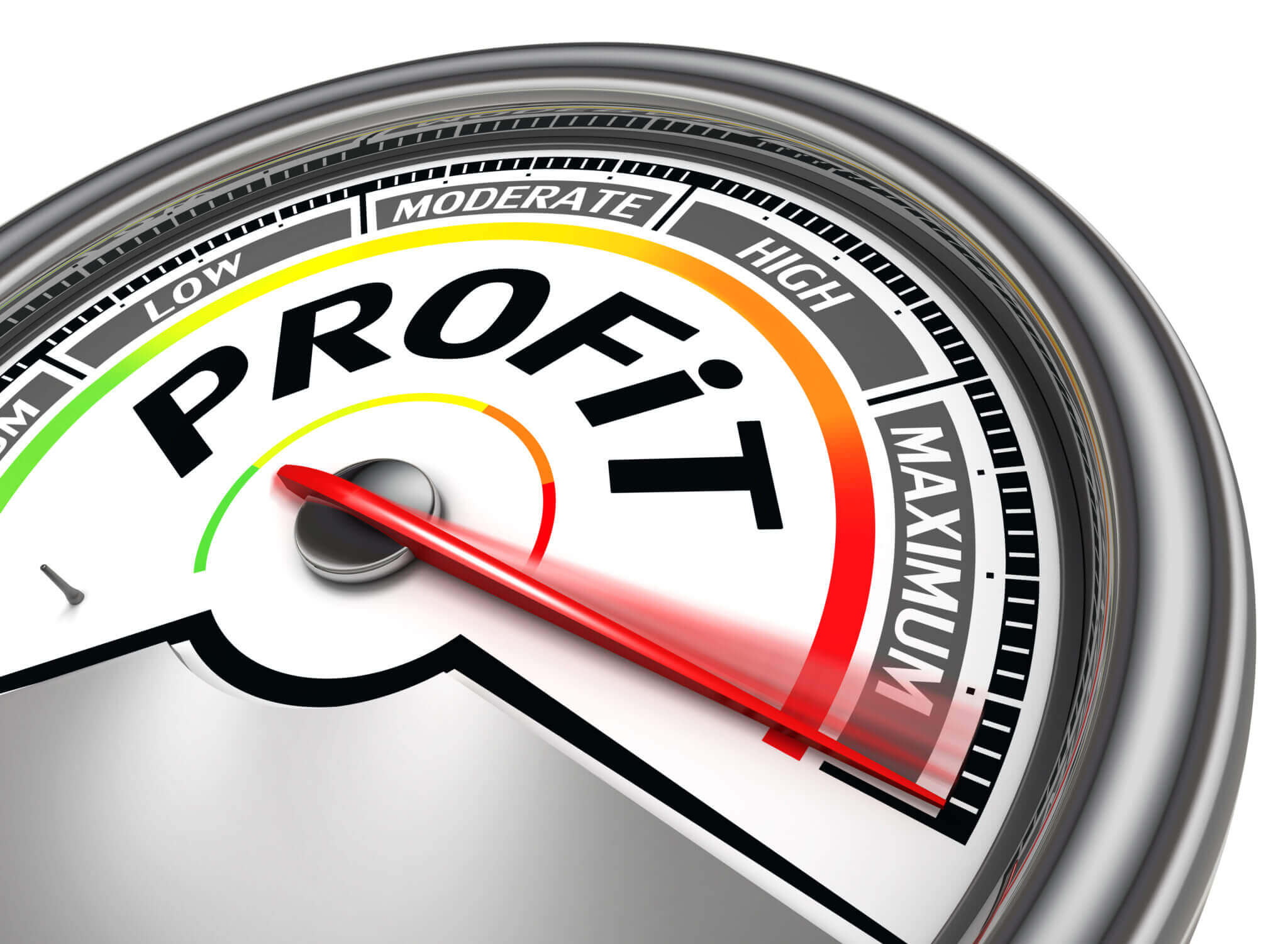Back in the bad old days when I first started in revenue, the discipline was called Yield Management. In those not-so-distant days we were seen as just yielding rates. Moving rates up and down with demand along with an ongoing battle that was occupancy versus rate.
NB: This is an article by Adrienne Hanna, Founder & CEO at RightRevenue
We then progressed to Revenue Management. This certainly was a step in the right direction as the role was seen to encompass ‘all things revenue’ and that meant understanding how to actually turn on and turn off business. Basic Revenue Management such as applying length of stay restrictions or restricting channels came into play but perhaps more importantly, Revenue Managers started to be seen as a central role and one which sales and marketing should look to for support.
Revenue Managers started to play an integral role in all decision making – which packages Marketing wanted to promote; when Pay per Click campaigns were released; which display ads were required; which corporate contracts Sales actually allowed; which sales channels and OTA’s the Sales team signed up for; which GDS channel was used; control of offline marketing; which tour groups were taken – the list could go on.
Today we are seeing the discipline change again. Revenue Managers are now Profit Managers.
So what does this mean? Well, a Profit Manager understands how to react to pricing using dozens of internal and external metrics, but that is just the first step. The next step is to understand the cost of acquisition; then equate that to the rate that was paid; then add incremental spend that this source or segment brought you. I call this the Revenue Sandwich. Think of the filling as the rate paid – the bottom layer as the cost of receiving that booking and the top layer as the profitability. How does this stack up? You may have a particular source of business that is expensive to bring in but that pays a higher rate and spends in your bars and restaurants. Now pitch this against a small meeting event which perhaps paid a lower rate, but cost very little to acquire and actually gains a chunk of revenue for the hotel in meeting space. Hoteliers call this many things – Adjusted ADR / GOPPAR – (gross profit per available room) but I prefer to think of this purely as ProfPar – my profit per available room. Take the price – strip out the cost and add on the spend. What does this tell you?
Secondly, a Profit Manager understands which channels book and when they book. They can track booking curves and plot this against rate. They know when to hold out for profitable business and when that business simply isn’t there. In revenue terms this is price elasticity – when you can push for rate and when the market simply can’t stretch. This decision can however be impacted for Revenue Managers that work in brand hotels as they often find rates impacted by customers purchasing via loyalty programmes. These customers can often dilute higher rated business and the cost of buying loyalty should always be factored into profitability.
A Profit Manager will also understand yielding contracted business (yes you can!!!) and how restrictive LRA contracts can be – these will all be measured and their business impact understood.
And what about day of week behaviour? A Profit Manager will understand guests who for example stay multiple nights and include days of high and low demand. These guests will have differing impact on costs to those who stay purely on days of high demand. Even simple metrics like late check-outs and early arrivals should be factored into overall profitability. And consider perhaps a residential group in-house with less house-keeping costs and some meeting room spend, how do these guys stack up revenue wise? In all cases, if it effects price, count it!
The most obvious one as I have mentioned above, is the incremental spend. A Profit Manager will understand which segments and sources impact the business positively or negatively and this is never a shot in the dark! A Profit Manager will have facts and figures to back this up. And where do these come from? Well the days of dozens of spreadsheets are thankfully well and truly gone. Revenue Management systems are here to stay and provide a huge support to all things revenue. However, all of this data starts with your PMS. If you have poor data going in, you have poor metrics coming out. So I urge you all to review your PMS segments and sources. If you truly want to get a handle on profit, start at the very beginning and get the data right.
Do I think the title Profit Manager will take off? No, not really. But do I think the importance of the profit metric will? Absolutely!
Stop asking your Revenue Manager to just move rates. Stop judging her on your overall commission percentage. Allow her to do her job and that is to make your business more profitable.







